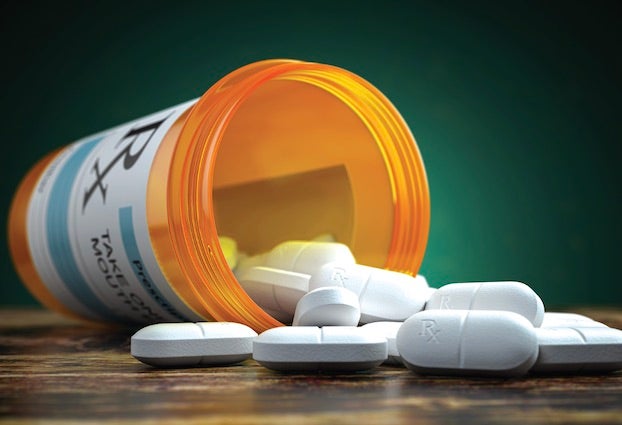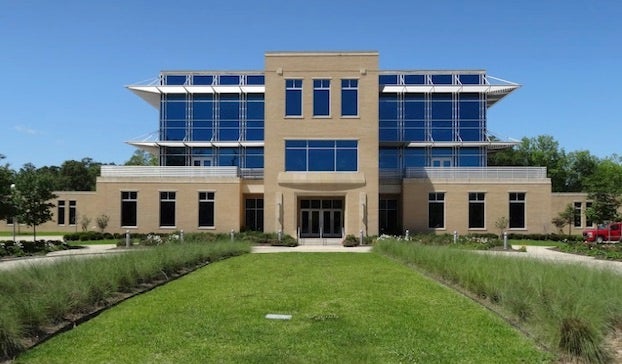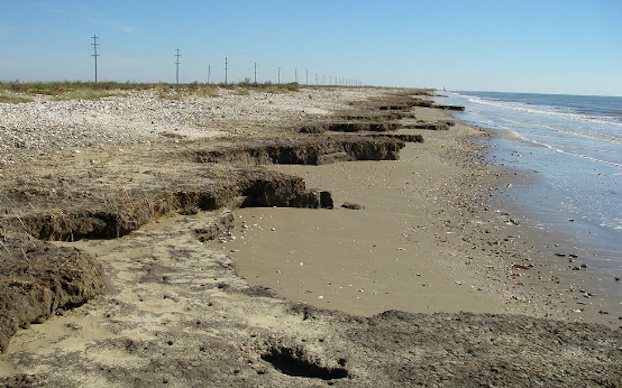The Opioid Epidemic: Pain medicine specialist Dr. Kelly Paulk talks about the drug crisis caused by abuse of prescription pain relief medicines
Published 8:13 am Sunday, November 26, 2023

- (Metro Creative Services)
Opioids are fueling the worst drug crisis in the history of the United States with more than 1,500 people per week dying after taking some type of narcotic, according to the National Center for Health Statistics.
Ochsner Christus Health Center–Lake Area pain medicine specialist Dr. Kelly Paulk said the crisis started with the overprescription of legal pain medications, but it has intensified in recent years due to influxes of synthetic opioids on the black market.
Opioid medications — including oxycodone, hydrocodone, morphine, and fentanyl — are often prescribed to treat severe pain, while methadone is primarily used in addiction treatment centers.
Opioids gained popularity among doctors in the 1990s for treating patients who had undergone surgery or cancer treatment, but in the 2000s physicians increasingly prescribed them for chronic conditions, such as back or joint pain, despite concerns about their safety and effectiveness.
“I was in med school in 2012 when the Centers for Disease Control and Prevention guidelines came out and there became a huge shift in using opioids for chronic pain,” Paulk said. “Purdue Pharma, the makers of Oxycodone, created these terms called ‘pseudoaddiction’ with the treatment for pseudoaddiction being more pain pills.”
Paulk, who recently spoke to members of the Kiwanis Club of Downtown Lake Charles, said opioids are prescribed to patients for use as pain relief in the short term, but they come with serious side effects and risks — including addictions and, sometimes, death from overdose.
Opioid-involved overdose deaths rose from 21,089 in 2010 to 47,600 in 2017 and remained steady through 2019, according to the CDC. This was followed by a significant increase in 2020 with 68,630 reported deaths and again in 2021 with 80,411 reported overdose deaths.
Despite a consistent decline in opioid prescription after the CDC readjusted their guidelines, the number of deaths continues to increase, indicating that other causes have become equally or more important — such as the incursion and popularity of synthetic opioids obtained from the illegal market and clandestine laboratories.
“Doctors are prescribing less but more people are dying; it became a counterintuitive thing,” Paulk said. “It also led to a worsening of the black market for these opioids and then people were getting things mixed in the pills that they didn’t know they were getting and they were abusing them.”
A Lake Charles native and Barbe High School graduate, Paulk is board certified in the treatment of pain medicine, especially chronic pain involving the musculoskeletal system and spine. He earned a medical degree from the Louisiana State University Health Science Center New Orleans School of Medicine, where he also completed an internship and residency, as well as a fellowship in pain medicine. He is certified by the American Board of Physical Medicine and Rehabilitation in Physical Medicine and Rehabilitation and Pain Medicine.
“For my patients, the best place to start is through touch,” he said. “I put my hands on them and I feel what is causing the pain because too many times people come to me and after I’m done evaluating them they’ll say, ‘Wow. No one has ever done that to me. No one has ever made me bend over or lean back or see what I can do or how strong I am or push and prod exactly where my pain is.’ There are so many structures that can cause pain and if you’re not teasing them out, you’re just running an algorithm of what the guidelines say. A proper evaluation is a good place to start.”
That doesn’t mean MRIs, either.
“You could get 100 people with an MRI that have all kinds of things wrong and then 100 doctors try to pick which one of those MRIs is causing pain and they have about a 20 percent chance of picking who is in pain,” Paulk said. “So an MRI is not an end-all, be-all.”
Paulk said he has had patients with huge herniated discs that were actually caused by glute muscle weakness.
“The main pain that they are actually having is in the iliolumbar ligament and there’s a little injection I can do in clinic to needle that ligament and all their pain goes away,” he said. “Herniated discs are not always painful. It doesn’t always mean surgery. What we try and do is key movement. Movement and exercise for any pain anywhere on your body — arthritis, cancer pain, neuropathy — all of those are probably best treated with exercise above all else. If you’re not adding that into your treatment regiment, you’re not going to get as good as you can get.”
Paulk said when an individual exercises, endorphins are released. Endorphins are peptides produced in the brain that block the perception of pain and increase feelings of wellbeing.
“We’re also finding that chemicals are released from the muscles themselves when we exercise that also make us feel good,” he said. “The word ‘endorphin’ actually comes from two words combined — ‘endogenous,’ which means it comes from within and the second word is ‘morphine’. So ‘endorphin’ is actually your body’s way to make yourself feel better with exercise because you are stabilizing your joints.”
Paulk said a recent study shows this is particularly true with knee arthritis.
“It showed that physical therapy with knee arthritis can be very effective,” he said. “We didn’t think that before. Actually the worse their knee arthritis was, they better they did with physical therapy and the more relief they got. The people who were considered bone-on-bone actually did great.”
Paulk said getting enough sleep, adding exercise, making sure “you’re moving and keeping that stone rolling so you’re not gathering moss is a pretty smart thing to do for any pain you have.”





